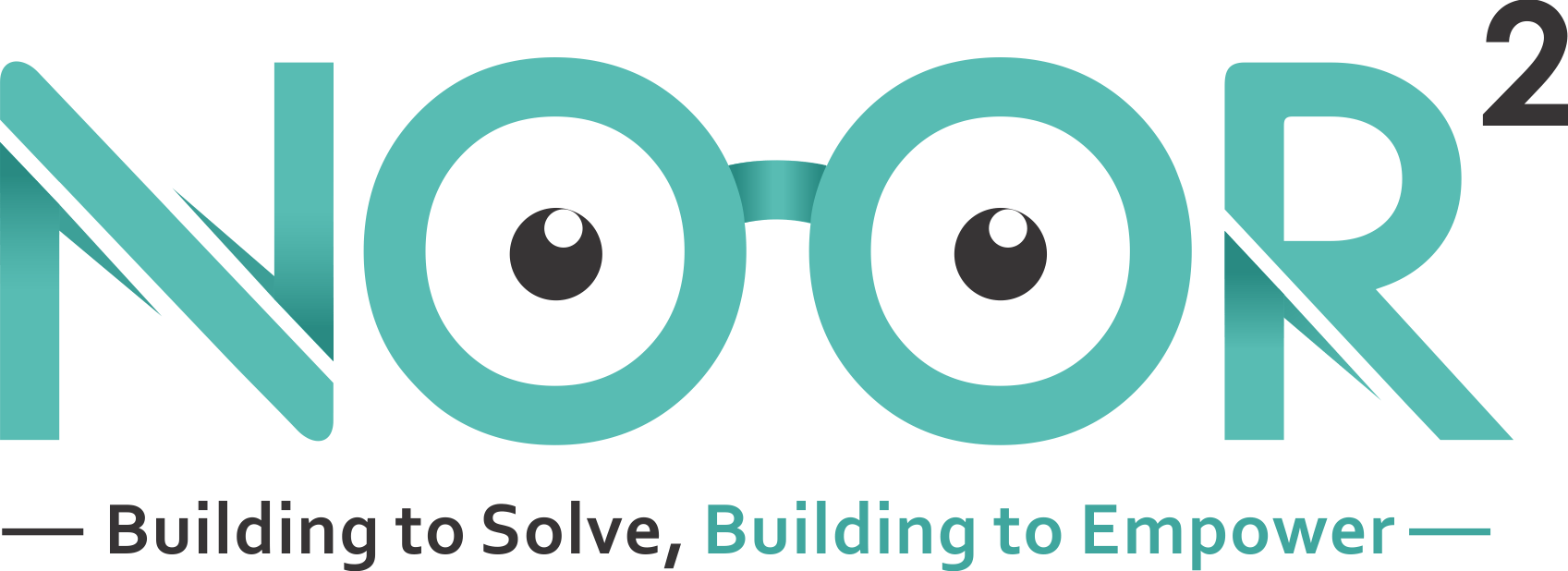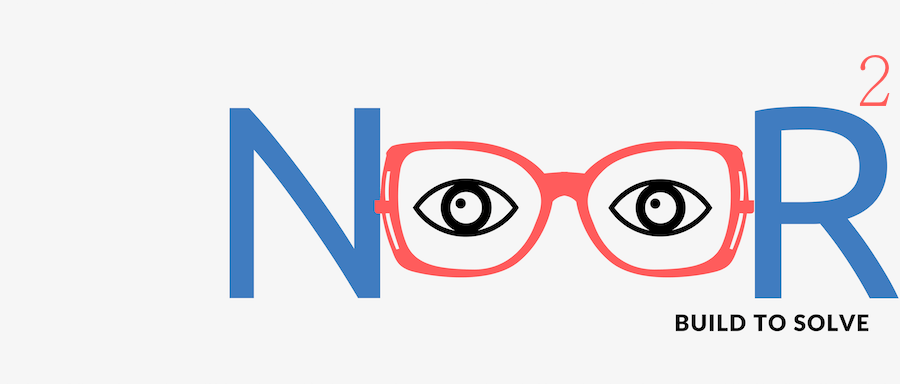
TOP FIVE MOBILE MARKETING MISTAKES
To my dismay, building a great app is not solely enough to get noticed on the App Store. I learned this the hard way with my first game, Arabic Charades (حزر فزر). I was inspired by Heads Up, a super hilarious game from Ellen DeGeneres show that I couldn’t resist localizing it to Arabic. I spent countless days and sleepless nights building the game, thus in retrospect it is rather crazy how I did not put enough parallel efforts towards marketing. On the positive side, I am currently working with talented specialists to remedy the situation but like all good mistakes I would like to make the best of mine by sharing my top five blunders to help you avoid marketing pitfalls in your entrepreneurial journey.
1. Not Marketing Early Enough
Unless you are building a super spectacular non-existent app or a groundbreaking algorithm, chances are you need a marketing strategy to inform potential users about your app. And just like building anything more than a Hello World App shouldn’t be a last minute weekend project, marketing the app itself shouldn’t be either. When I built Arabic Charades, I was so immersed and excited about designing and coding the features that I dismissed having a marketing plan in the early stages. I fell into the serial notion that marketing is a post process that begins once the app is launched. Even though, I created a trailer along with a poor attempt at social media, I only released my materials simultaneously with releasing the app. In retrospect, it is obvious that the impact of all my marketing attempts would have been much more beneficial had I released them at least two months prior to launching the app.
That is not to say that you should market your app while you are in the brainstorming phase or as soon as you have your first unpolished mockup. However, try to strike in the middle by initiating marketing once you have something worthy of sharing, this can be a level of a game or a teaser trailer. Not only will this help you reach out to potential users early on and help you build a hype towards the release date but it will also help you garner a following on your selected social media platforms.
2. Not Planning for Launch Day
Launch Day is one of those one time opportunities that you never get back, ask me! As I failed to market early enough, I failed to build a hype towards launch day. If anything, I made the mistake of allowing Apple to release the game as soon as they were done testing it, so I had zero control over launch day. Zero control prevents you from building a hype towards launch day, but even worst it acts as a bottleneck against selecting the best time for release so your app’s launch date may end coinciding with either major tech announcements or any sort of event that would make it harder for you to get the attention needed.
Consequently, the sales during the most critical window i.e. first few days suffered and it took three months or so before my game even made it to the targeted audience. I say critical window because there is enough anecdotal evidence to get me and many app developers to believe that each install has twice the impact on rank calculations during the first 48 hours of launching the app. Therefore, the more downloads you have during this window, the higher your chances in ranking higher in the app store.
Few ways to build a hype towards launch day include the following:
- Announcing a specific launch day: You need to share your launch day using the right channels. This means reaching out to potential users via the right channels. The success of this step relies on every other point mentioned in this article. It relies on establishing your brand on social media, on knowing your competition and more importantly on engaging with your potential customers.
- Marketing well in advance: This includes investing in market research and knowing your audience. More on this in the next point.
- Establishing your brand on social media: Guy Kawaski, a chief evangelist of Canva, and a former evangelist of Apple, explains it best as he says “Start Building Your Social Media Platform Yesterday”. In an interview on Inc. he said “Today, life is parallel. You have to create, market, and build your reputation all at once.” Thus, he said, “You should start building your social media platform the moment you decide you’re going to sell something, whether that will be two days or 200 days from now.”
- Creating teaser clips: If your market various distinct segments, ensure to have multiple clips or various forms of promotional materials to effectively reach out to all segments.
Today, life is parallel. You have to create, market, and build your reputation all at once.
3. Not Knowing Your Competition/Customers
When I was first inspired by Ellen’s app, my mind was racing through potential features, APIs, and even colour schemes. However, my biggest mistake was not investing enough time into researching the market. I did a quick search to see whether something similar already exists using keywords that I would use for such a game, results were null and that was the end of my market research. After launching the app, I came to realize that there was a similar app at the time that already had viral marketing campaigns and a big customer base. Now, I don’t think of my competition as opponents, I like to think that there is enough fish for everyone. However, knowing about this app in advance would have helped me better understand my audience. First off, I would have made better choices in terms of optimizing the app on the App Store, more on this in the next point, but more importantly, it would have given me insights in ways to better engage with all targeted market segments and ultimately serve them better. My main targeted audience composed of families and youth but without studying the current market, I failed to effectively reach out to my prime audience, more on reaching out in the next point.
The only positive side effect that might have arose from this constraint is that the design of the assets i.e. images and content ended up being more unique as I spent tremendous efforts into them without having any examples to look at.
4. Failing to Optimize for the App Store
Because I did not know my customers well enough and because at the time I mistakenly thought that I didn’t have any competition, I did not select the best choices in terms of app optimization, examples below:
- Not selecting the best name: In the brainstorming phase, I was torn between حزر فزر which loosely translates to Charades and بدون كلام which translates to (sans talking). I kept switching between both names during the design process and ultimately settled on (حزر فزر). I knew back then that the name was not unique enough but my nerdy hands were itching to code, code and code. The competitor’s app translates to “Put Your Phone on Your Face”. And for some reason, as long as it is, the name is intriguing enough that users seem to like it more than my app’s name. Obviously, I shouldn’t have copied their name but I should have selected
- Not selecting popular keywords: Because a similar app existed, millions of users were already using specific lingo to describe that app on all sorts of social media platforms, mainly (Put Your Phone on Your Face). Without incorporating the terms customers use into my promotional channels and into my app, users had very slim likelihood, if any, of running into my app in search results. I was able to remedy this mistake but I had to submit an updated version of the app to be able to alter the app’s keywords. Another handy tool that can help you with selecting relevant keywords is the Keyword Planner offered by Google.
5. Losing the Social Media Game
As you may already know, social media marketing is the king of marketing especially to startup businesses or any business penetrating a new market. The social media game includes building a brand, identifying your key influencers, engaging with your audience and listening to them. Engaging with your audience on social media goes way beyond responding to comments and sending your content to others. It helps to think of it in a less virtual way, think of social media tools as buildings hosting all sort of events and remember the fact that behind every avatar, behind every nickname there is a unique person who can benefit from your product/service and ultimately help you spread your brand. Though I am not a marketing guru but from my experience with my own apps and from keeping track of things that successful clients follow, I would recommend the following approach:
- Brand: Identify your brand in terms of what it has it offer, its values, its unique proposition and create marketing materials that reflect your brand
- Social Media: Establish your brand online including social media.
- Engage with Audience: This is not limited to responding to comments, shares, likes or whatever interaction that flows through your channels. Engaging with audience includes proactively reaching out to your audience, be it through social media influencers or through listening to conversations relevant to your product/service.
- Seize Relevant & Trending Topics: If you come across a relevant trending topic, try to include it in your content. The more relevant it is to your brand, the better.


